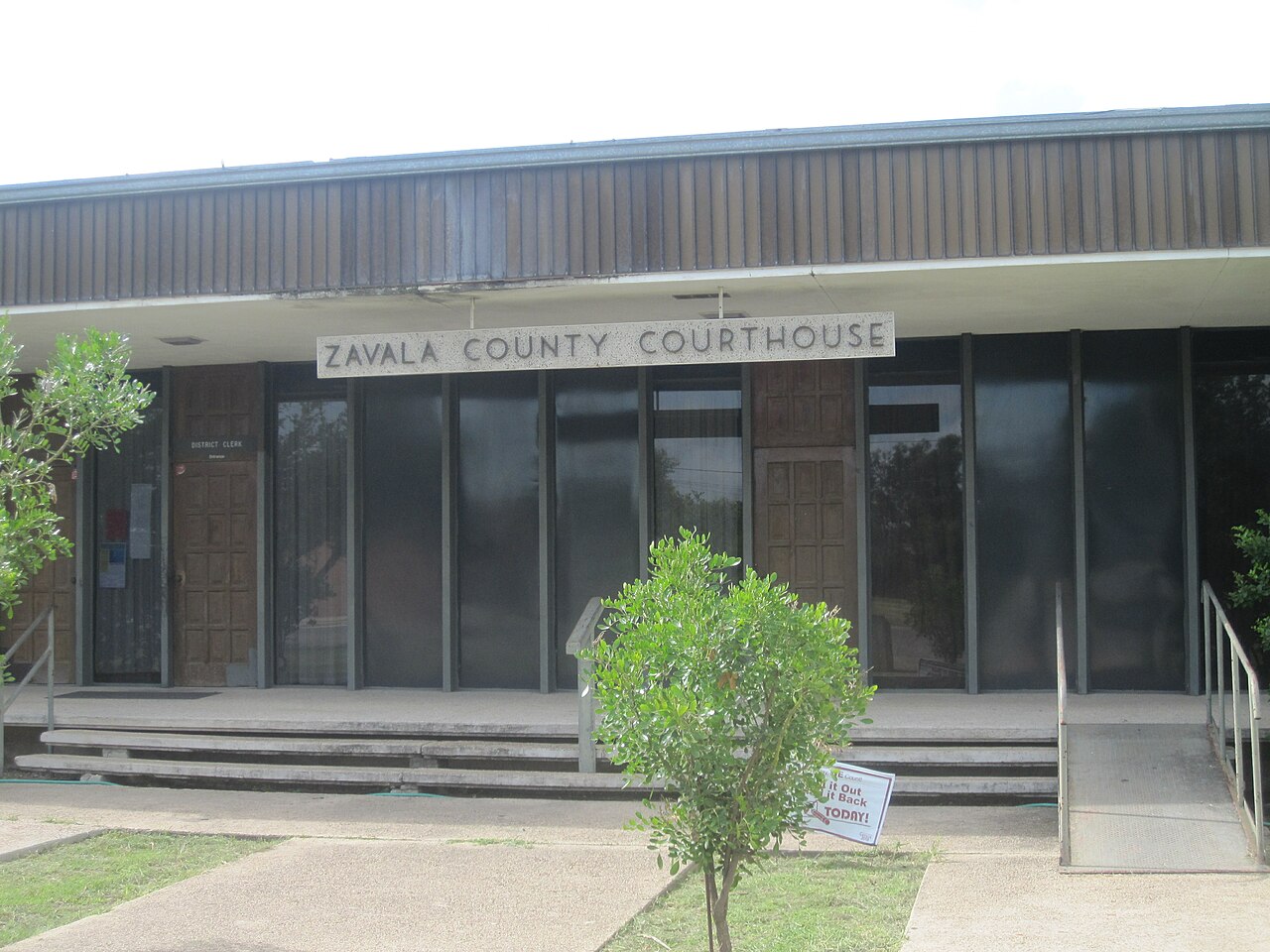Garnishment is the process of withholding the earnings of an individual so as to repay a debt obligation. Garnishment is a legal process, where a creditor or debt collector wins a lawsuit against you and is thus given the right to proceed with garnishment. Thus garnishment is sought by court order. In most situations the employer is required to withhold funds as a result of the garnishment court order.
According to wage garnishment, Texas the most common reasons which warrant garnishment of wages are:
Child support
Alimony
IRS debt and student loans – this is a Federal Law which allow debtors to have their wages garnished
Imposing of garnishment by another state’s judgement – judgement is taken against a person while the person was living in that state and then moves to Texas.
Garnishment Threshold
There are thresholds set for garnishing one’s wages which limit the amount to be withheld. The amount withheld is taken from the individual’s disposable income. Disposable income is income left over after legally required paycheck deductions are made. Therefore, most income is ‘disposable income’ and is thus subject to garnishment.
Generally 25% of one’s disposable income can be garnished for IRS debt and student loans or the amount by which a debtor’s weekly wage exceeds 30 times the minimum wage; whichever is lesser.
In respect of child support and alimony the maximum amount of garnishment can be as high as 60%. The determination of the amount is as follows:
If the person supports another child or spouse, they can be garnished up to 50%
If the person does not support another child or spouse, they can be garnished up to 60%
If the person is behind on child support by up to 12 weeks, an additional 5% is to be garnished to cover the gap period.
Garnishment procedure
Garnishment is based on a lawsuit win or a favorable judgement giving the debtor an obligation to pay. Once this is achieved, the debt collector or creditor follows the below process:
Applies to court in writing for garnishment;
In the application the creditor states that there is a judgement for money to be paid and the debtor has not made the judgement payment. Thus garnishment is necessary to secure such payment. The creditor states also that there is a third party (the garnishee) that is believed to have money belonging or owed to the debtor (for example; wages) which could be used to satisfy the amount from the judgement;
If all facts are found to be correct (i.e. the judgement is valid, the garnishee has money owed to or belonging to the debtor) garnishment is ordered.
In the case of Federal tax debt, the debtor will receive multiple notices. The last notice will be that of a Final Notice of Intent to Levy and a 30 day Notice of Intent to Levy Wages including the right to a hearing.
In respect of child support, wage withholding orders are entered into as part of the child support order. Where there is back child support a 30 day Notice of Intent to Garnish Wages must be issued.
[paypal-donation]













